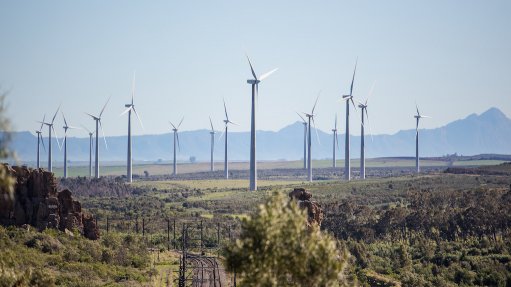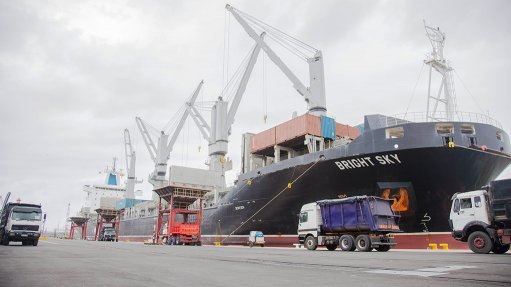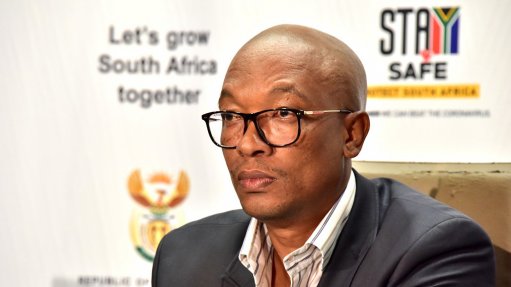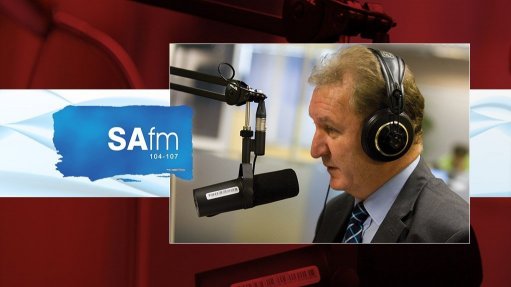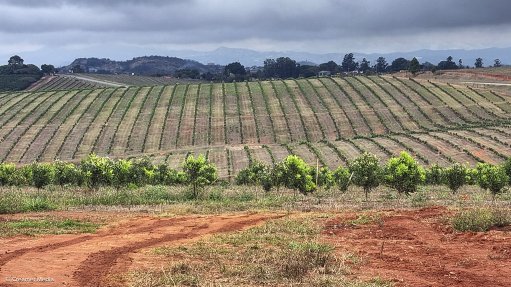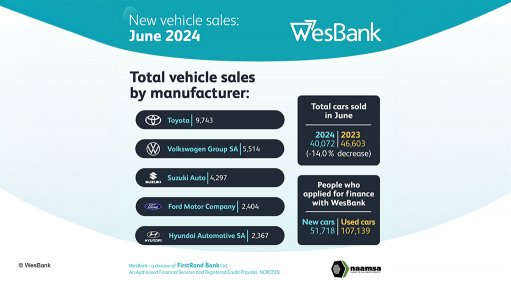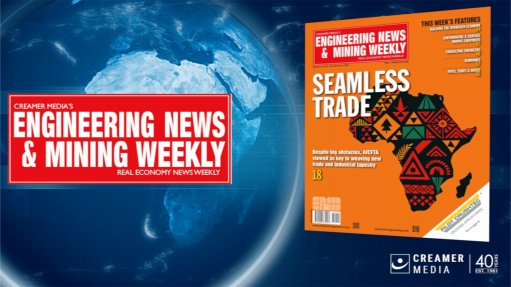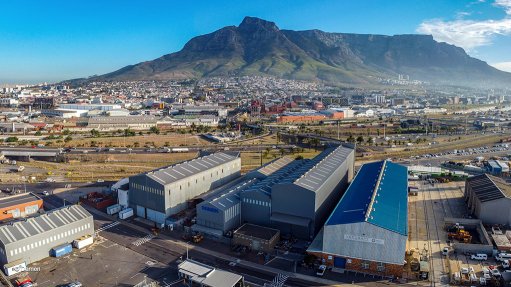Global growth will not exceed pre-pandemic levels until 2026 at least – World Bank
The World Bank expects the global economy to stabilise for the first time in three years, but at a level that is still weak by historical standards.
In its latest ‘Global Economic Prospects’ report, the World Bank says global growth will reach 2.6% this year and 2.7% in 2025 and 2026, compared with the 3.1% average in the decade before Covid-19.
The forecast implies countries that collectively account for more than 80% of the world’s population and global GDP will be growing slower than it did in the ten years before 2020.
Developing economies are expected to grow by 4% over 2024 and 2025, which is slightly lower than in 2023.
The World Bank says growth in low-income economies is expected to accelerate to 5% this year, compared with 3.8% in 2023.
However, the forecasts for this year’s growth reflect downgrades in three out of every four low-income economies since January.
In advanced economies, growth is set to remain steady at 1.5% this year before. rising to 1.7% in 2025.
“Four years after the upheavals caused by the pandemic, conflicts, inflation and monetary tightening, it appears that global economic growth is steadying,” says World Bank chief economist and senior VP Indermit Gill.
“However, growth is at lower levels than before 2020. Prospects for the world’s poorest economies are even more worrisome. They face punishing levels of debt service, constricting trade possibilities, and costly climate events.
“Developing economies will have to find ways to encourage private investment, reduce public debt and improve education, health and basic infrastructure,” Gill explains.
The poorest among them – especially the 75 countries eligible for concessional assistance from the International Development Association – will not be able to do this without international support.
This year, one in four developing economies is expected to remain poorer than it was on the eve of the pandemic in 2019.
This proportion is twice as high for countries in fragile- and conflict-affected situations.
Moreover, the income gap between developing economies and advanced economies is set to widen in nearly half of developing economies over 2020 to 2024 – the highest share since the 1990s.
World Bank reports that per capita income in these economies, which is an important indicator of living standards, is expected to grow by 3% on average through to 2026 – well below the average of 3.8% in the decade before Covid-19.
Global inflation is expected to moderate to 3.5% this year and 2.9% in 2025, but the pace of decline is slower than was projected just six months ago.
Many central banks, as a result, are expected to remain cautious in lowering interest rates.
The World Bank further reports that global interest rates are likely to remain high by the standards of recent decades, averaging about 4% over 2025 and 2026, which is nearly double the 2000 to 2019 average.
“Although food and energy prices have moderated across the world, core inflation remains relatively high, and could stay that way; that could prompt central banks in advanced economies to delay interest rate cuts,” says World Bank deputy chief economist and prospects director Ayhan Kose.
Kose adds that an environment of ‘higher-for-longer’ rates would mean tighter global financial conditions and much weaker growth in developing economies.
PUBLIC INVESTMENT
The ‘Global Economic Prospects’ report also features two analytical chapters of topical importance. The first outlines how public investment can be used to accelerate private investment and promote economic growth.
It finds that public investment growth in developing economies has halved since the global financial crisis, dropping to a yearly average of 5% in the past decade.
Yet, public investment can be a powerful policy lever, World Bank states.
For developing economies with ample fiscal space and efficient government spending practices, scaling up public investment by 1% of GDP can increase the level of output by up to 1.6% over the medium term.
The second analytical chapter of the report explores why small States, such as those with a population of about 1.5-million or less, suffer chronic fiscal difficulties.
Two-fifths of the 35 developing economies that are small States are at high risk of debt distress or already in it. This is roughly twice the share for other developing economies.
Comprehensive reforms are needed to address the fiscal challenges of small States.
The World Bank suggests revenues could be drawn from a more stable and secure tax base and spending efficiency could be improved, especially in health, education and infrastructure.
It also recommends that fiscal frameworks could be adopted to manage the higher frequency of natural disasters and other shocks.
“Targeted and coordinated global policies can also help put these countries on a more sustainable fiscal path,” the World Bank concludes.
Comments
Press Office
Announcements
What's On
Subscribe to improve your user experience...
Option 1 (equivalent of R125 a month):
Receive a weekly copy of Creamer Media's Engineering News & Mining Weekly magazine
(print copy for those in South Africa and e-magazine for those outside of South Africa)
Receive daily email newsletters
Access to full search results
Access archive of magazine back copies
Access to Projects in Progress
Access to ONE Research Report of your choice in PDF format
Option 2 (equivalent of R375 a month):
All benefits from Option 1
PLUS
Access to Creamer Media's Research Channel Africa for ALL Research Reports, in PDF format, on various industrial and mining sectors
including Electricity; Water; Energy Transition; Hydrogen; Roads, Rail and Ports; Coal; Gold; Platinum; Battery Metals; etc.
Already a subscriber?
Forgotten your password?
Receive weekly copy of Creamer Media's Engineering News & Mining Weekly magazine (print copy for those in South Africa and e-magazine for those outside of South Africa)
➕
Recieve daily email newsletters
➕
Access to full search results
➕
Access archive of magazine back copies
➕
Access to Projects in Progress
➕
Access to ONE Research Report of your choice in PDF format
RESEARCH CHANNEL AFRICA
R4500 (equivalent of R375 a month)
SUBSCRIBEAll benefits from Option 1
➕
Access to Creamer Media's Research Channel Africa for ALL Research Reports on various industrial and mining sectors, in PDF format, including on:
Electricity
➕
Water
➕
Energy Transition
➕
Hydrogen
➕
Roads, Rail and Ports
➕
Coal
➕
Gold
➕
Platinum
➕
Battery Metals
➕
etc.
Receive all benefits from Option 1 or Option 2 delivered to numerous people at your company
➕
Multiple User names and Passwords for simultaneous log-ins
➕
Intranet integration access to all in your organisation









